 W
WA unit of measurement is a definite magnitude of a quantity, defined and adopted by convention or by law, that is used as a standard for measurement of the same kind of quantity. Any other quantity of that kind can be expressed as a multiple of the unit of measurement. For example, a length is a physical quantity. The metre is a unit of length that represents a definite predetermined length. When we say 10 metres, we actually mean 10 times the definite predetermined length called "metre". Measurement is a process of determining how large or small a physical quantity is as compared to a basic reference quantity of the same kind.
 W
WChinese units of measurement, known in Chinese as the shìzhì, are the traditional units of measurement of the Han Chinese. Although Chinese numerals have been decimal (base-10) since the Shang, several Chinese measures use hexadecimal (base-16). Local applications have varied, but the Chinese dynasties usually proclaimed standard measurements and recorded their predecessor's systems in their histories.
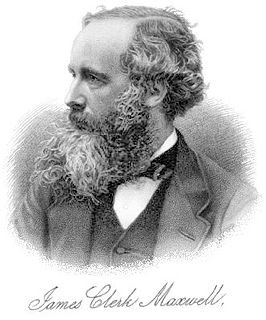 W
WA coherent system of units is a system of units, used to measure physical quantities, which are defined in such a way that the equations relating the numerical values expressed in the units of the system have exactly the same form, including numerical factors, as the corresponding equations directly relating the quantities. Equivalently, it is a system in which every quantity has a unique unit, or one that does not use conversion factors.
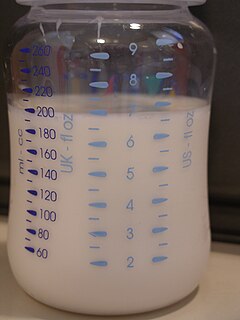 W
WBoth the British Imperial and United States customary systems of measurement derive from earlier English systems used in the Middle Ages, that were the result of a combination of the local Anglo-Saxon units inherited from German tribes and Roman units brought by William the Conqueror after the Norman Conquest of England in 1066.
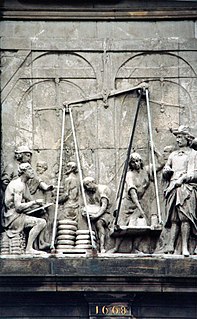 W
WThe Dutch units of measurement used today are those of the metric system. Before the 19th century, a wide variety of different weights and measures were used by the various Dutch towns and provinces. Despite the country's small size, there was a lack of uniformity. During the Dutch Golden Age, these weights and measures accompanied the Dutch to the farthest corners of their colonial empire, including South Africa, New Amsterdam and the Dutch East Indies. Units of weight included the pond, ons and last. There was also an apothecaries' system of weights. The mijl and roede were measurements of distance. Smaller distances were measured in units based on parts of the body – the el, the voet, the palm and the duim. Area was measured by the morgen, hont, roede and voet. Units of volume included the okshoofd, aam, anker, stoop, and mingel. At the start of the 19th century the Dutch adopted a unified metric system, but it was based on a modified version of the metric system, different from the system used today. In 1869, this was realigned with the international metric system. These old units of measurement have disappeared, but they remain a colourful legacy of the Netherlands' maritime and commercial importance and survive today in a number of Dutch sayings and expressions.
 W
WThe gallon is a unit of measurement for volume and fluid capacity in both the US customary units and the British imperial systems of measurement. Three significantly different sizes are in current use:the imperial gallon, defined as 4.54609 litres, which is used in the United Kingdom, Canada, and some Caribbean nations; the US gallon defined as 231 cubic inches, which is used in the US and some Latin American and Caribbean countries; and the US dry gallon ("usdrygal"), defined as 1⁄8 US bushel.
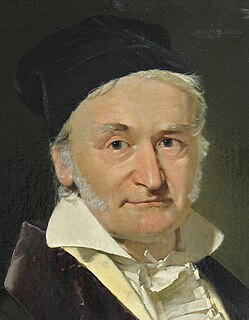 W
WGaussian units constitute a metric system of physical units. This system is the most common of the several electromagnetic unit systems based on cgs (centimetre–gram–second) units. It is also called the Gaussian unit system, Gaussian-cgs units, or often just cgs units. The term "cgs units" is ambiguous and therefore to be avoided if possible: there are several variants of cgs with conflicting definitions of electromagnetic quantities and units.
 W
WGiovanni Giorgi was an Italian physicist and electrical engineer who proposed the Giorgi system of measurement, the precursor to the International System of Units (SI).
 W
WThe earliest recorded systems of weights and measures originate in the 3rd or 4th millennium BC. Even the very earliest civilizations needed measurement for purposes of agriculture, construction, and trade. Early standard units might only have applied to a single community or small region, with every area developing its own standards for lengths, areas, volumes and masses. Often such systems were closely tied to one field of use, so that volume measures used, for example, for dry grains were unrelated to those for liquids, with neither bearing any particular relationship to units of length used for measuring cloth or land. With development of manufacturing technologies, and the growing importance of trade between communities and ultimately across the Earth, standardized weights and measures became critical. Starting in the 18th century, modernized, simplified and uniform systems of weights and measures were developed, with the fundamental units defined by ever more precise methods in the science of metrology. The discovery and application of electricity was one factor motivating the development of standardized internationally applicable units.
 W
WHong Kong has three main systems of units of measurement in current use:The Chinese units of measurement of the Qing Empire ; British Imperial units; and The metric system.
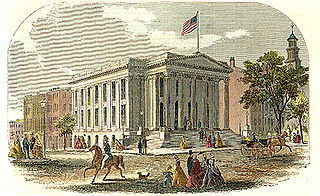 W
WThe imperial and US customary measurement systems are both derived from an earlier English system of measurement which in turn can be traced back to Ancient Roman units of measurement, and Carolingian and Saxon units of measure.
 W
WThe imperial system of units, imperial system or imperial units is the system of units first defined in the British Weights and Measures Act 1824 and continued to be developed through a series of Weights and Measures Acts and amendments. The imperial units replaced the Winchester Standards, which were in effect from 1588 to 1825. The system came into official use across the British Empire in 1826. By the late 20th century, most nations of the former empire had officially adopted the metric system as their main system of measurement, but imperial units are still used in the United Kingdom, Canada and some other countries formerly part of the British Empire. The imperial system developed from what were first known as English units, as did the related system of United States customary units.
 W
WThe CSIR- National Physical Laboratory of India, situated in New Delhi, is the measurement standards laboratory of India. It maintains standards of SI units in India and calibrates the national standards of weights and measures.
 W
WThe International System of Units is the modern form of the metric system. It is the only system of measurement with an official status in nearly every country in the world. It comprises a coherent system of units of measurement starting with seven base units, which are the second, metre, kilogram, ampere, kelvin, mole, and candela. The system allows for an unlimited number of additional units, called derived units, which can always be represented as products of powers of the base units. Twenty-two derived units have been provided with special names and symbols. The seven base units and the 22 derived units with special names and symbols may be used in combination to express other derived units, which are adopted to facilitate measurement of diverse quantities. The SI system also provides twenty prefixes to the unit names and unit symbols that may be used when specifying power-of-ten multiples and sub-multiples of SI units. The SI is intended to be an evolving system; units and prefixes are created and unit definitions are modified through international agreement as the technology of measurement progresses and the precision of measurements improves.
 W
WIrish measure or plantation measure was a system of units of land measurement used in Ireland from the 16th century plantations until the 19th century, with residual use into the 20th century. The units were based on "English measure" but used a linear perch measuring 7 yards (6.4 m) as opposed to the English rod of 5.5 yards (5.0 m). Thus, linear units such as the furlong and mile, which were defined in terms of perches, were longer by a factor of 14:11 in Irish measure, while areas such as the rood or acre were larger by 196:121. After the Act of Union 1800, Ireland was part of the United Kingdom of Great Britain and Ireland, whose Parliament passed the Weights and Measures Act 1824, which established English measure in Ireland as "Imperial measure" or "statute measure". Imperial measure soon replaced Irish measure in the use of the Irish Government, but Irish measure persisted in local government, and longer still in private use.
 W
WMesh is a measurement of particle size often used in determining the particle-size distribution of a granular material. For example, a sample from a truckload of peanuts may be placed atop a mesh with 5 mm openings. When the mesh is shaken, small broken pieces and dust pass through the mesh while whole peanuts are retained on the mesh. A commercial peanut buyer might use a test like this to determine if a batch of peanuts has too many broken pieces. This type of test is common in some industries, and, to facilitate uniform testing methods, several standardized mesh series have been established.
 W
WAncient Mesopotamian units of measurement originated in the loosely organized city-states of Early Dynastic Sumer. Each city, kingdom and trade guild had its own standards until the formation of the Akkadian Empire when Sargon of Akkad issued a common standard. This standard was improved by Naram-Sin, but fell into disuse after the Akkadian Empire dissolved. The standard of Naram-Sin was readopted in the Ur III period by the Nanše Hymn which reduced a plethora of multiple standards to a few agreed upon common groupings. Successors to Sumerian civilization including the Babylonians, Assyrians, and Persians continued to use these groupings. Akkado-Sumerian metrology has been reconstructed by applying statistical methods to compare Sumerian architecture, architectural plans, and issued official standards such as Statue B of Gudea and the bronze cubit of Nippur.
 W
WGiovanni Giorgi was an Italian physicist and electrical engineer who proposed the Giorgi system of measurement, the precursor to the International System of Units (SI).
 W
WGiovanni Giorgi was an Italian physicist and electrical engineer who proposed the Giorgi system of measurement, the precursor to the International System of Units (SI).
 W
WGiovanni Giorgi was an Italian physicist and electrical engineer who proposed the Giorgi system of measurement, the precursor to the International System of Units (SI).
 W
WGiovanni Giorgi was an Italian physicist and electrical engineer who proposed the Giorgi system of measurement, the precursor to the International System of Units (SI).
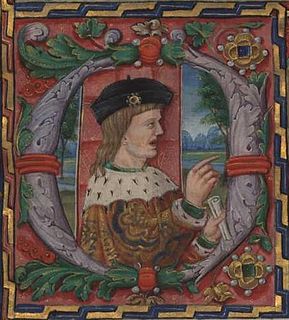 W
WPortuguese customary units were used in Portugal, Brazil and other parts of the Portuguese Empire until the adoption of the metric system in the 19th century.
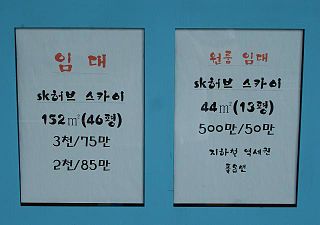 W
WA pyeong is a Korean unit of area and floorspace, equal to a square kan or 36 square Korean feet. The ping and tsubo are its equivalent Chinese and Japanese units, similarly based on a square bu (ja:步) or ken, equivalent to 36 square Chinese or Japanese feet.
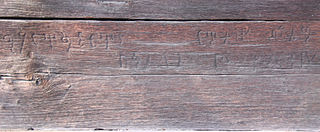 W
WThe measures of the old Romanian system varied greatly not only between the three Romanian states, but sometimes also inside the same country. The origin of some of the measures are the Latin, Slavic, Greek and Turkish systems.
 W
WA native system of weights and measures was used in Imperial Russia and after the Russian Revolution, but it was abandoned after 21 July 1925, when the Soviet Union adopted the metric system, per the order of the Council of People's Commissars.
 W
WScottish or Scots units of measurement are the weights and measures peculiar to Scotland which were nominally replaced by English units in 1685 but continued to be used in unofficial contexts until at least the late 18th century. The system was based on the ell (length), stone (mass), and boll and firlot (volume). This official system coexisted with local variants, especially for the measurement of land area.
 W
WTroy weight is a system of units of mass that originated in 15th-century England, and is primarily used in the precious metals industry. The Troy weights are the grain, the pennyweight, the troy ounce, and the troy pound. The troy grain is equal to the grain-unit of the avoirdupois system, the troy ounce is heavier than the avoirdupois ounce, yet the troy pound is lighter than the avoirdupois pound.
 W
WUnited States customary units are a system of measurements commonly used in the United States since it was formalized in 1832. The United States customary system developed from English units which were in use in the British Empire before the U.S. became an independent country. The United Kingdom's system of measures was overhauled in 1824 to create the imperial system, which was officially adopted in 1826, changing the definitions of some of its units. Subsequently, while many U.S. units are essentially similar to their imperial counterparts, there are significant differences between the systems.
 W
WFrance has a unique history of units of measurement due to the radical decision to invent and adopt the metric system after the French Revolution.
 W
WBefore the French Revolution, which started in 1789, French units of measurement that were founded on the Carolingian system, introduced by the first Holy Roman Emperor Charlemagne (AD 800–814), which in turn were based on contemporaneous Byzantine and ancient Roman measures. Charlemagne brought a consistent system of measures across the entire empire. However, after his death, the empire fragmented and many rulers introduced their own variants of the units of measure.
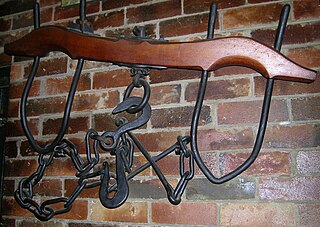 W
WA yoke was a unit of land measurement used in Kent in England at the time of the Domesday Book for tax purposes. It was equal to a quarter of a sulung. A sulung was the amount of land which could be ploughed by 4 ox-pairs, therefore a yoke was a pair of oxen, representing the amount of land that could be cultivated by an ox pair. A yoke also described the device used to harness two oxen together.